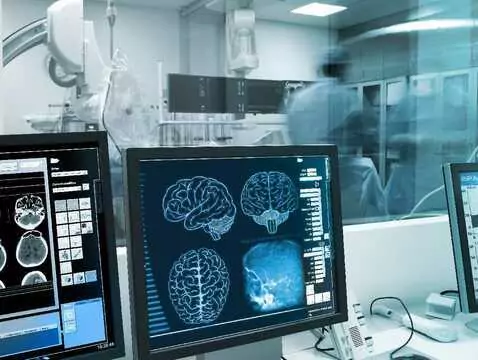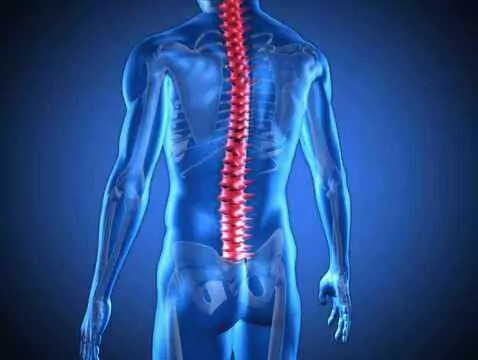In order to become familiar with child development and the methods used to study it, it is necessary to familiarise oneself with the concepts that characterise development. Harmonious, disharmonious, periods and age of development - these uncertainties are explained in the following article, which begins a series on child development.
We learn about the relationship between the mental and the motor from the analysis of pathological cases of patients. Mental retardation always runs parallel to a delay in motor development, and manifestations of motor disorders are sometimes a signal to parents of a child's mental handicap. Difficulties in reading or writing indicate to parents that the child's development is not harmonious. Therefore, both the motor, i.e. the child's movement, and the mental, i.e. the intellect, should be taken into account towards diagnosis and therapy.
The psychomotor development of the child progresses from birth and determines the level of the child's psychomotor performance, which means that if the child is developing correctly, when examined by psychological methods {which we will discuss in the following articles} the child's developmental age equals the young person's life age. WR=WŻ.
By the term rate of development we mean the speed with which progressive changes take place in the human organism. The development of children is not always in line with the age of the child. Sometimes it is accelerated, WR>WŻ, or reduced WR.
The rhythm of development varies. A disharmonious development is when the individual spheres of development do not proceed at their own pace. For example, motor development is delayed while other areas are normal. Inharmonious development is when the rate of development is generally delayed, but some areas of development are more severely delayed. For example, in mentally retarded children we find cases of particularly pronounced difficulties in reading, due to deeper disorders of the perceptual functions.

photo: panthermedia
Another model of non-harmonious development is characterised by a paired or fragmented acceleration of development in one sphere, such as speech or thinking.
The last model of non-harmonious development is characterised by some functions developing normally, others above normal development and still others being delayed, i.e. WR>
The child' s model of psychomotor development is examined by a psychologist. It is important not to comment only on the current state of development, but to trace its dynamics.
Due to disease and environmental factors, the rate of development may not be uniform. Sometimes we see stagnation in development, acceleration, retardation, retreat to a lower level. These changes may be permanent or temporary, they may occur at different points in life, at one time or repeatedly, they may affect the rate of development or only certain functions.









